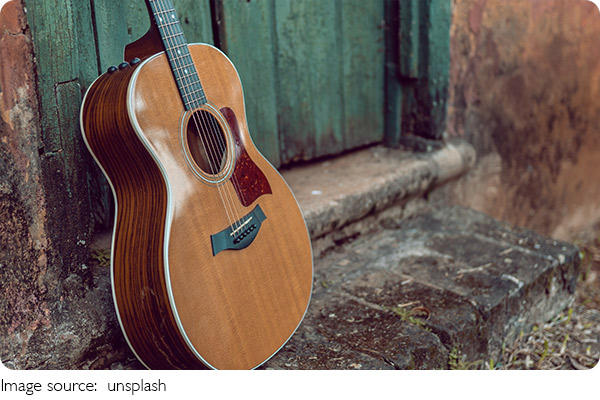Learning Guitar on Your Own

With its captivating tones and incredible versatility, the guitar holds a significant place in the music world and remains a favorite for countless enthusiasts.
From its historical roots to modern learning methods, the guitar continues to evolve and inspire, radiating its unique charm.
1. Historical Journey
The guitar's origins can be traced back to ancient civilizations around 3000 BCE. Early stringed instruments, known as "kithara" in ancient Egypt, Babylon, and Persia, were precursors to the modern guitar. Through cultural exchanges, these instruments gradually evolved and spread to Europe.
During the Middle Ages, Europe developed the "vihuela," a four-course string instrument that served as a prototype for the modern guitar. By the 15th century, the "Renaissance guitar" gained popularity, featuring a four-single-string design that paved the way for the modern instrument.
Uncover 8 fascinating facts about the piano’s history, it's unique features, and its impact on music!
How to Tie Gorgeous Flower Arrangements—The Easiest Way to Make Stunning Bouquets at Home!
How to Choose the Best Violin for Beginners and Pros—Don’t Buy Before Reading This!
Discover 2024's floral design trends, featuring vibrant colors, unique styles, and eco-friendly touches!
Discover how playing the piano can transform your mind, reduce stress, and bring lifelong joy.
Ancient locks reveal security's artistic roots across cultures.
In the 18th century, Spanish musicians refined the guitar, adding a sixth string and enlarging the body. By the 19th century, Antonio Torres revolutionized the design of the classical guitar, establishing the shape and tonal quality we recognize today. The 20th century marked the birth of the electric guitar, ushering in a new era of rock and pop music.
2. How to Learn the Guitar
Learning the guitar is straightforward but demands perseverance and proper guidance. Here are the key steps to help beginners get started:
(1) Choose the Right Guitar
Beginners can start with either an acoustic or electric guitar. Acoustic guitars are ideal for strumming and singing, while electric guitars suit rock and heavy metal styles. Selecting a comfortable, well-tuned guitar is crucial, as the right instrument enhances enthusiasm for learning.
(2) Master Basic Finger Techniques
Familiarizing yourself with fundamental chords like C, G, D, and E minor is essential. Practice chord transitions regularly, using simple songs to improve finger flexibility. Additionally, developing rhythmic accuracy with your picking hand is equally important.
(3) Learn to Read Tabs
Guitar tablature is a common and beginner-friendly notation system, that offers a straightforward way to locate strings and frets. Gradually learning traditional sheet music can also enhance your musical understanding.
(4) Plan Practice Sessions Wisely
Start with 20–30 minutes of practice daily to build consistency. Focus on steady progress rather than long hours. Break your goals into manageable steps, such as mastering one chord or rhythm pattern weekly, to improve steadily.
3. Overcoming Learning Challenges
Learning the guitar comes with its hurdles, but overcoming them can be incredibly rewarding.
-Finger Pain: Beginners often experience fingertip soreness due to a lack of calluses. Consistent practice will gradually toughen your fingertips.
-Slow Chord Transitions: Practice individual chord changes repeatedly until your fingers develop muscle memory.
-Unsteady Rhythm: Use a metronome at a slow tempo and gradually increase the speed to build a solid sense of rhythm.
LEARN GUITAR IN 7 DAYS (or less)
Video by Redlight Blue
4. Unexpected Benefits
Learning the guitar is more than acquiring a skill—it offers numerous unexpected rewards:

-Enhancing Musical Appreciation: You’ll develop a deeper understanding of the emotions and stories behind music.
-Boosting Confidence: Playing a complete piece or performing in a band can significantly enhance your confidence and stage presence.
-Fostering Patience and Focus: Mastering a new skill requires persistence, a quality that translates into other aspects of life.
From its historical legacy to personal growth, the guitar enriches human emotions and artistic expression. Whether you aim to create music, convey emotions, or simply enjoy the joy of playing, the guitar is worth exploring. Pick it up, start with that first string, and let your melody unfold!

 · Art Team
· Art Team